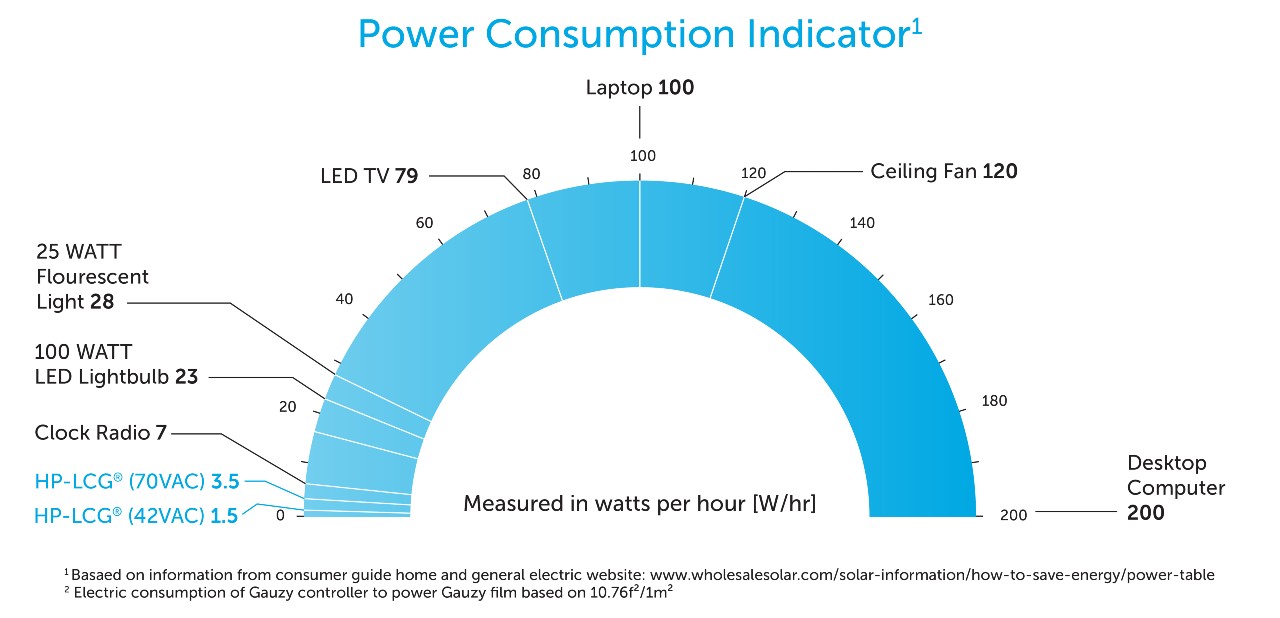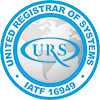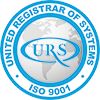Gauzy is a world leader in the development and manufacture of Smart Glass technology. We are at the forefront of its evolution, always creating ways improve upon our switchable glass products. Gauzy’s most recent achievement is the invention of its newest High-Performance LCG® (HP-LCG®) product: low voltage smart glass. With this new introduction, we have maintained our reputation for our industry-leading performance, making smart glass even more cost-effective and efficient.
What does “low voltage” actually mean as it relates to smart glass and what are the benefits of switching to low voltage smart glass? In this article, we explain everything you need to know about Gauzy’s new HP-LCG®.
What is Low Voltage Smart Glass?
Let’s begin with the basic description of voltage. It’s a word we have all used, but that doesn’t necessarily mean we can explain what it is. It’s named for Alessandro Volta (1745 – 1827), who invented the voltaic pile, the forerunner of the modern battery. Voltage is the pressure from an electrical circuit’s power source that pushes charged electrons (i.e. current) through a conducting loop, enabling them to perform a function, such as illuminating a light. In other words, voltage = pressure, which is measured in volts (V). Voltage is represented by the symbol E, because in the early days of electricity, voltage was called “electromotive force.” Voltage can be either alternating current (ac) voltage or direct current (dc) voltage.
Voltage refers to how hard electricity is pushed through a circuit. It helps to determine the amperage – the amount of electricity flowing through the circuit every second. The higher the voltage, the harder the electricity pushes on a circuit and the more electricity flows through it. AC is also measured in frequency – how fast it changes direction. Most AC power is at 60 hertz, which means that it changes from negative to positive to negative again 60 times a second.
VAC stands for “volts [electrical pressure] of alternating current [AC].” The standard voltage available from a wall socket in the United States is 110 to 120 volts, whereas an AA alkaline battery offers 1.5 volts. This alternating current cycle in electricity in the United States occurs 60 times per second. So, for example, 110VAC on a given appliance means 110 volts AC power.
Smart glass works by applying voltage to SPDs (suspended particle devices), which are suspended in a liquid and placed between two pieces of glass. When voltage is applied, the particles align and allow light to pass through (transparent mode). When the voltage is turned off, the suspended particles are organized randomly, blocking and absorbing light (opaque mode). By varying the amount of voltage applied, the direction of the particles changes, which in turn controls the amount of light transmitted as well as the windows’ tint.
Imagine needing less voltage to control your windows’ tint. That’s exactly where low voltage smart glass comes into play: it is smart glass that operates on lower voltage than standard smart glass. Gauzy’s HP-LCG allows for low voltage operation and our highest-ever optical performance for crystal-clear clarity.
Why Go Low Voltage?
By providing the ability to control the amount of heat and light passing through a window, smart glass can significantly reduce a building’s energy consumption. Standard smart glass works on low electrical voltages, requiring a minimal amount of electricity: 4 – 6 W/m (watts per square meter), or about half the power consumption of a small incandescent lamp. As an example, a 150 square meters of smart glass requires less electric power than a 60-Watt bulb.
If smart glass technology is already so energy-efficient, why go low voltage? Gauzy’s new HP-LCG® low voltage smart glass means that it has an optical performance almost equal to that of standard voltage products, but uses significantly less power. Here are some of the many benefits:
- World leading performance: The lowest haze for a smart glass product: 2.2% with standard voltage (70VAC) and 3.2% with low voltage (42VAC).
- High sustainability: Low voltage smart glass reduces power consumption by 50% when operating at 42VAC.
- Enhanced clarity: Low voltage smart glass reduces off-axis haze, allowing for clarity at wider viewing angles. It is ideal for large panels and for use in tight corridors and corners.
- Increased privacy: Its maximum opaqueness in its “off” state enables the ultimate amount of privacy.
- Safer and easier to install: Low voltage smart glass products create a safer working environment. An electrician is required on site only to connect the controller to the main line.
- Operates below a 50-volt threshold: Because Gauzy’s low voltage smart glass operates below a 50-volt threshold, it requires different types of UL certification. You don’t need to hire an electrician, resulting in substantial savings. Anything above 50 volts has a different UL certification, requiring an electrician to hook it up.
Is Low Voltage Smart Glass Suitable for Your Project?
Thanks to being a leader in the cutting-edge development of the world’s best smart glass technology, Gauzy has come up with another new product, our HP-LCG® (Low voltage smart glass). This exciting new product provides increased privacy, safe and easy installation, enhanced clarity and high sustainablility while requiring less consumption of electricity. Whether you are a building owner or developer, or interior design or architect, there is no doubt Gauzy’s new product is right for you in terms of cost savings, performance and ease of installation.
HP-LCG® is available now as White Laminated Smart Glass. Other color options and Adhesive Smart Film variations are coming soon. Contact your sales rep or visit gauzy.com to request the full spec sheet.
Want to learn more about Smart Glass or receive a quote? Contact the Smart Glass experts at Gauzy today.











